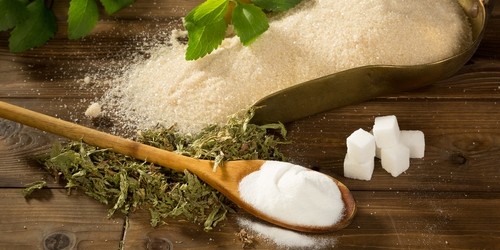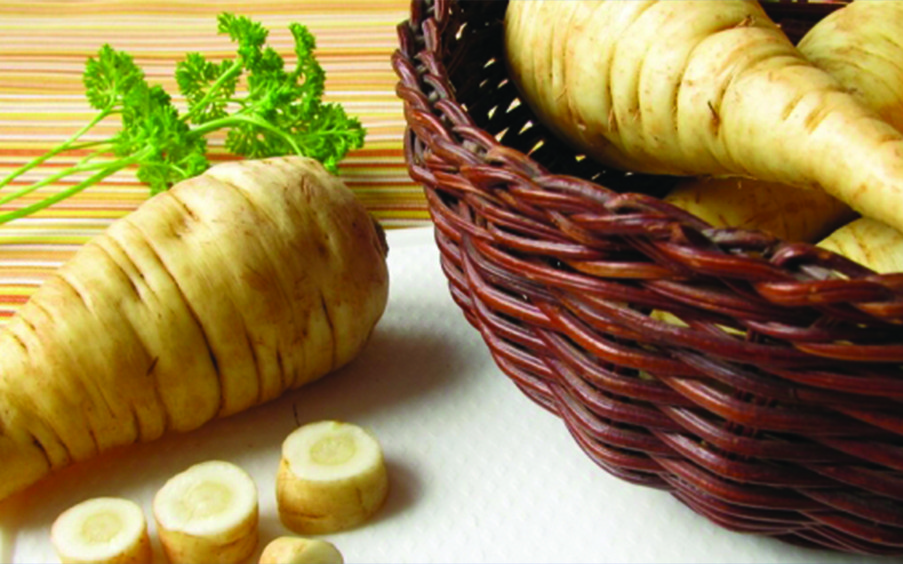Beans have played a vital role in the nutritional health of many cultures from ancient times to the present. Their use as a basic dietary staple can be traced back more than 20,000 years in some Eastern cultures. They come in multiple shapes sizes and colors, and are versatile and amazingly convenient because they can be dried and stored for up to 1 year. Soaking beans for a couple of hours brings them back to life, activating enzymes, proteins, minerals and vitamins.
Did You Know…?
Beans are the only food to fit into two groups on the USDA Food Guide Pyramid: vegetable and protein. A single half-cup serving of cooked dry beans counts as a 1-ounce serving of lean meat in the USDA Food Pyramid Meat and Beans group, and as a full serving of vegetables in the Vegetables group.
Nutrition
Beans are excellent sources of numerous vitamins and minerals. When combined with nuts, seeds or grains, they form a complete, high-fiber vegetable protein.
Protein: Each half-cup serving of dry beans provides 6–7 grams of protein, which meets at least 10 percent of the Recommended Dietary Allowance (RDA) for protein, yet costs about 20 cents per serving.
Carbohydrates: Beans contain an average of 25 grams of carbohydrates per serving, roughly the same as two slices of bread.
Fiber: A half-cup serving of cooked dry beans provides 25–30 percent of the Daily Value of dietary fiber. About 75 percent of the fiber is insoluble, consumption of which may reduce the risk of colon cancer. The remaining 25 percent is soluble fiber, a type that may reduce blood cholesterol.
Minerals: One half-cup serving of cooked dry beans contains large amounts of iron, phosphorus, magnesium, manganese, potassium, copper, calcium and zinc.
B Vitamins: Although some B vitamins are lost in preparation, cooked dry beans retain more than 70 percent of these vitamins after hot soaking and cooking. Extended cooking times result in greater B vitamin losses.
Types of Beans
Black: mild, sweet, earthy; soft texture
Cannellini: slightly nutty flavor; fluffy texture
Dark-Red Kidney: robust, full-bodied; soft texture
Light-Red Kidney: robust, full-bodied flavor; soft texture
Garbanzo: nutlike taste; buttery texture
Great Northern: mild, delicate flavor; soft texture
Navy: mild flavor; powdery texture
Pinto: earthy flavor; powdery texture
What You Should Be Eating
The 2015–2020 Dietary Guidelines for Americans recommend the following bean consumption each week:
Males 9–13 and 51-plus: 2½ cups
Males 14–50: 3 cups
Women 9-plus: 2 cups
Kids 4–8: 1.5 cups
Kids under 4: ½ cup
Source: U.S. Dry Bean Council (usdrybeans.com)










Comments